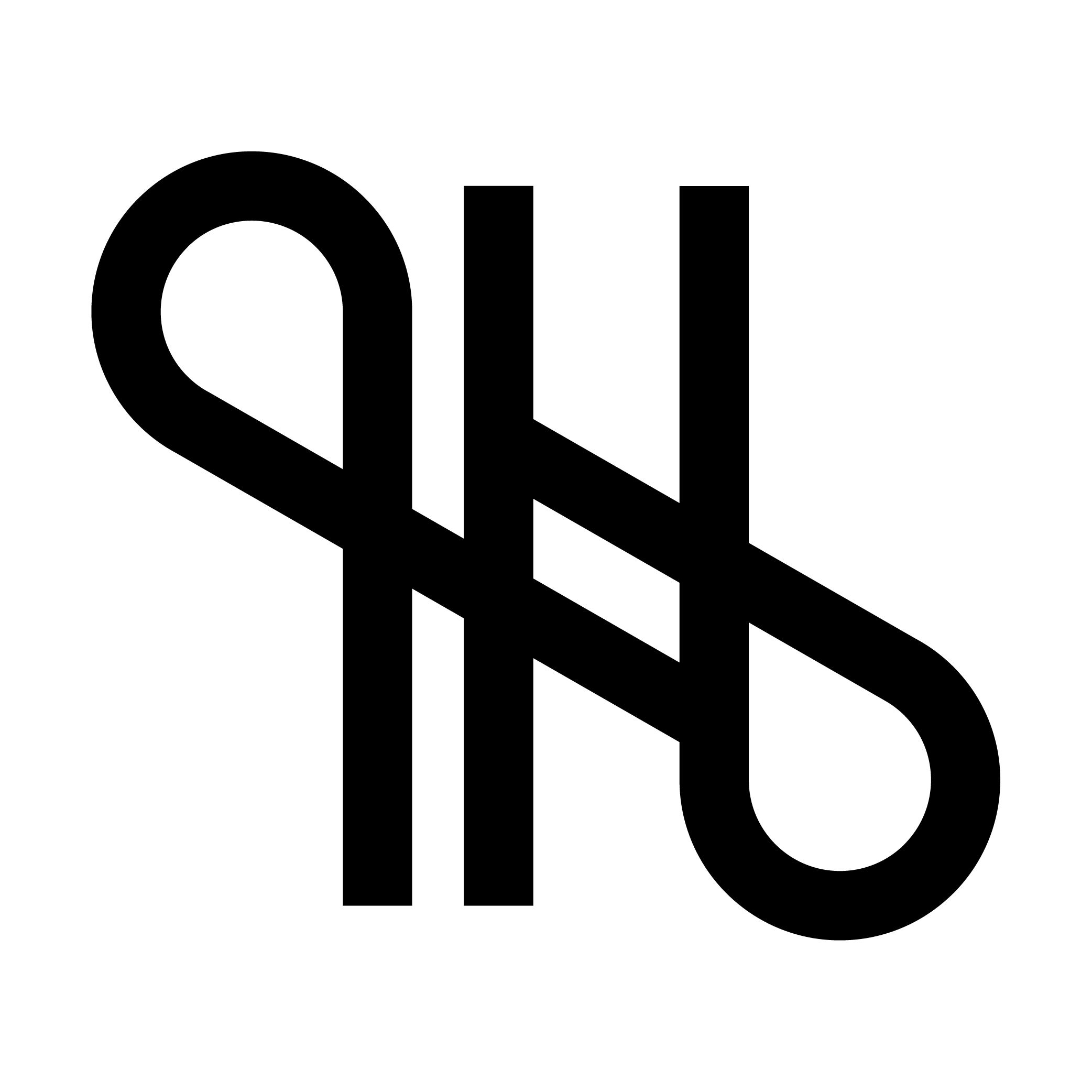Introduction:
In the world of design, there are countless styles and techniques to choose from. But one style that has gained popularity in recent years is minimalist design. Minimalist design is all about using simple elements to create powerful and effective designs. Whether you’re a seasoned designer or just starting out, there are many tips and examples of minimalist design that can inspire your work. In this blog, we will explore the art of minimalist design, including its history, principles, and best practices.
The History of Minimalist Design:
Minimalism as an art movement originated in the 1960s, but it has its roots in the early 20th century. The movement was a reaction to the excesses of abstract expressionism and other styles that came before it. Minimalist artists like Donald Judd and Dan Flavin used simple shapes and colors to create sculptures and installations that emphasized the physical presence of the artwork itself. This approach to art influenced many designers who began to apply minimalist principles to graphic design.
Principles of Minimalist Design:
The key principles of minimalist design include simplicity, functionality, and visual balance. A minimalist design should communicate its message clearly and efficiently, without any unnecessary distractions. This means using only essential elements, such as basic shapes, lines, and colors. The design should also be functional and easy to use, with a clear hierarchy of information. Finally, a minimalist design should have a strong visual balance, with each element carefully placed to create a harmonious composition.
Best Practices for Minimalist Design:
When designing with a minimalist approach, there are some best practices to keep in mind. First, choose a simple color palette, with only a few colors that complement each other. Second, use typography sparingly and choose fonts that are easy to read. Third, use negative space to create visual interest and balance. Fourth, focus on the essential elements of your design, and remove any unnecessary elements that detract from the message. Finally, use a grid or other layout system to create a structured and organized composition.
Examples of Minimalist Design:
There are many examples of minimalist design in various fields, including graphic design, product design, and architecture. In graphic design, companies like Apple and Nike have used minimalist design to create iconic logos and branding. In product design, the classic designs of Dieter Rams for Braun have become symbols of minimalism. And in architecture, the work of architects like Mies van der Rohe and Tadao Ando is characterized by simplicity and elegance.
Conclusion:
Minimalist design is a powerful and effective approach to design that has gained popularity in recent years. By focusing on simplicity, functionality, and visual balance, minimalist design can create designs that are clear, concise, and impactful. Whether you’re a designer, an artist, or just someone who appreciates good design, exploring the art of minimalist design can be a rewarding experience. By following the principles and best practices of minimalist design, you can create designs that are not only visually stunning but also communicate their message clearly and effectively. So, take inspiration from the examples of minimalist design and start creating your own designs that harness the power of minimalism.


Leave a Comment: